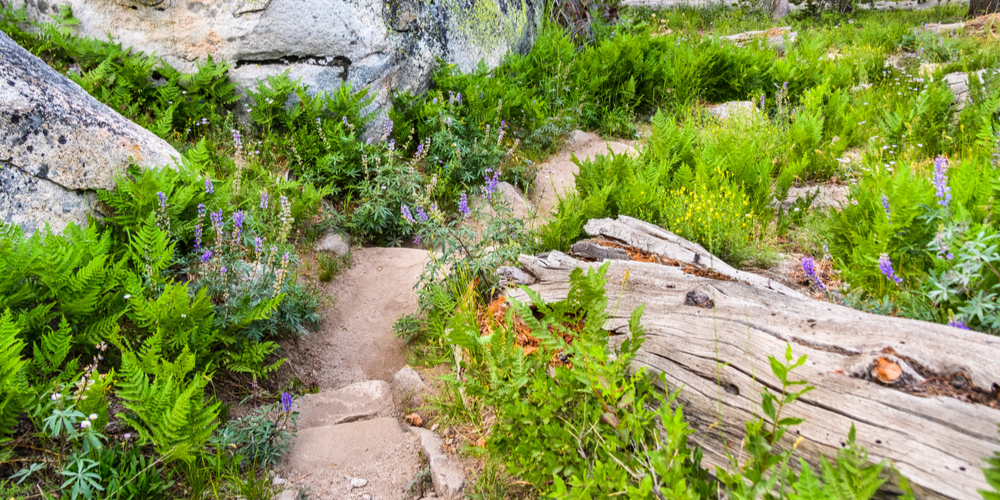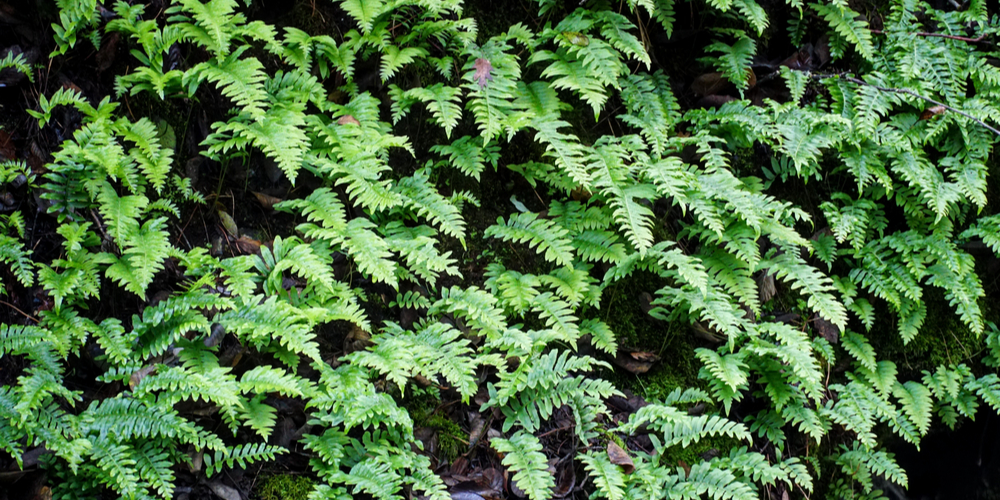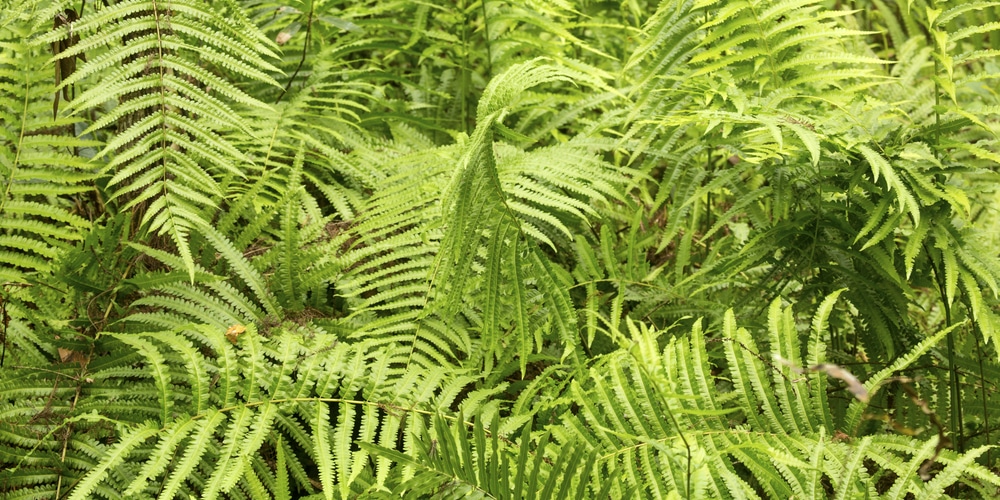Georgia’s landscape is carpeted with a rich array of wildflowers and native plants, and among them are ferns. Ferns are one of the true non-flowering plants that provide a quiet, graceful beauty by softening landscapes indoors and outdoors.
Well, while many people grow ferns as houseplants, these favorite perennials can add texture and color to any shady garden bed. All you need is to match a species of fern to your hardiness zone and growing conditions.
For Georgians planning to grow ferns, the good news is that there are many varieties of ferns that can do well here. With its glorious springtime, warm summers, brisk autumn, and short winters, Georgia is ideal for many plants. Even so, considering that different cultivars of ferns require varying conditions to grow, it is imperative to understand when to plant ferns and how to care for them so they can flourish.
Read on to know more about ferns in Georgia.
When to plant ferns in Georgia
Ferns are beautiful specimens and are among the oldest seedless vascular plants. They stand out with their very unusual life cycle, with two distinct life cycles: the sporophyte stage and the gametophyte stage.
Instead of growing from seeds, ferns come from a single spore, often found on the back of the frond. The spores eventually become gametophytes, which produce a male gamete and an egg structure. When fertilized, the gametes generate a sporophyte, which is now a fern plant. A young sporophyte will have roots, stems, and leaves like other vascular plants.
That said, when it comes to growing ferns outdoors, the most important thing is matching the spot where you are planting them and growing the environment with the native requirements. Just because you are planting ferns native to Georgia, you should not assume that it will do well in your place. For the most part, this means you can plant ferns any time of the year as long as you can simulate the native growing environment of the fern cultivar you want to plant.
Most types of ferns will do well in organically rich soils with moderate moisture retention.
Ferns native to Georgia are well diversified and have fascinating growth habits, so you will most likely find a suitable cultivar. They are perfect for the average outdoor garden use, particularly in shade or part-shade conditions.
How to care for ferns
Ferns need shade, moderate moisture, and rich, loose soil with excellent drainage. To grow them successfully, you need to match these requirements with the fern’s native conditions, which can be tricky for some cultivars.
Here are generalized tips for caring for ferns:
Shade: A vast majority of ferns do well in filtered shade – the type of shade cast by tall trees with pruned limbs. At most, ferns will flourish in dappled sun. The idea here is to protect your ferns from the scorching afternoon sun and drying winds. When making shade for your ferns, make sure not to make it very dense because these perennials also need some light to do well.
Moisture: Ferns are found in a variety of habitats, but most of them will be in moist regions. For this reason, you need to make sure you plant your ferns in gardens where moisture drains. One of the best ways to trap moisture is by adding organic matter to your gardening. You can also plant ferns where debris that decomposes falls – they will trap water as they decompose. Newly planted ferns need to be watered regularly to establish themselves.
Soil: Soils requirements vary from one plant to another. Generally, ferns need well-drained soil rich in organic matter to increase soil nutrients while facilitating drainage. The pH requirement will vary from one species to another, where some do well in acidic soils, others neutral, others in alkaline pH, and others grow in acidic to alkaline soils.
Do ferns do well outside?
One of the essential requirements for growing ferns is a shade or part shade. This raises a lot of questions among homeowners who want to grow ferns in their yard or want to take ferns outside.
Well, ferns can still do well outdoors, but they never need to be exposed to full sun. They also do well where humidity ranges between 40 to 50%. Considering that humidity in Georgia tends to stay high year-round, it can be hard to grow ferns outside.
That said, if you can still provide ideal conditions that allow ferns to flourish, they will undoubtedly thrive outdoors. After all, they grow in the wild with little to no human care.
Conclusion
Ferns are unique vascular plants that can be great additions to any landscape. If you want to add wonderment to your yard, hopefully, this post will help provide ideal conditions to ferns so they can grow in the best way possible.
Related article: Birds Foot Fern: Everything You Need to Know


